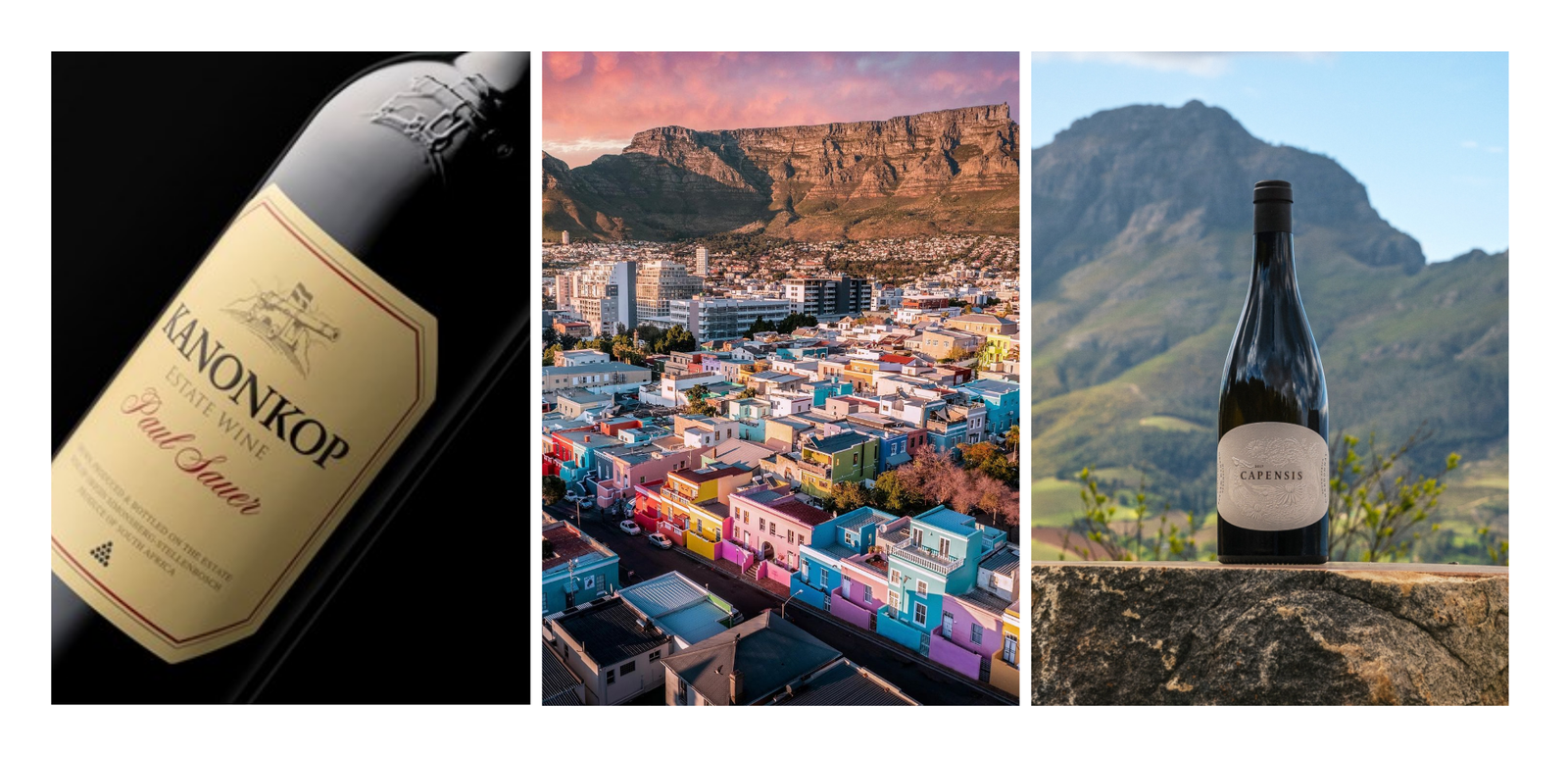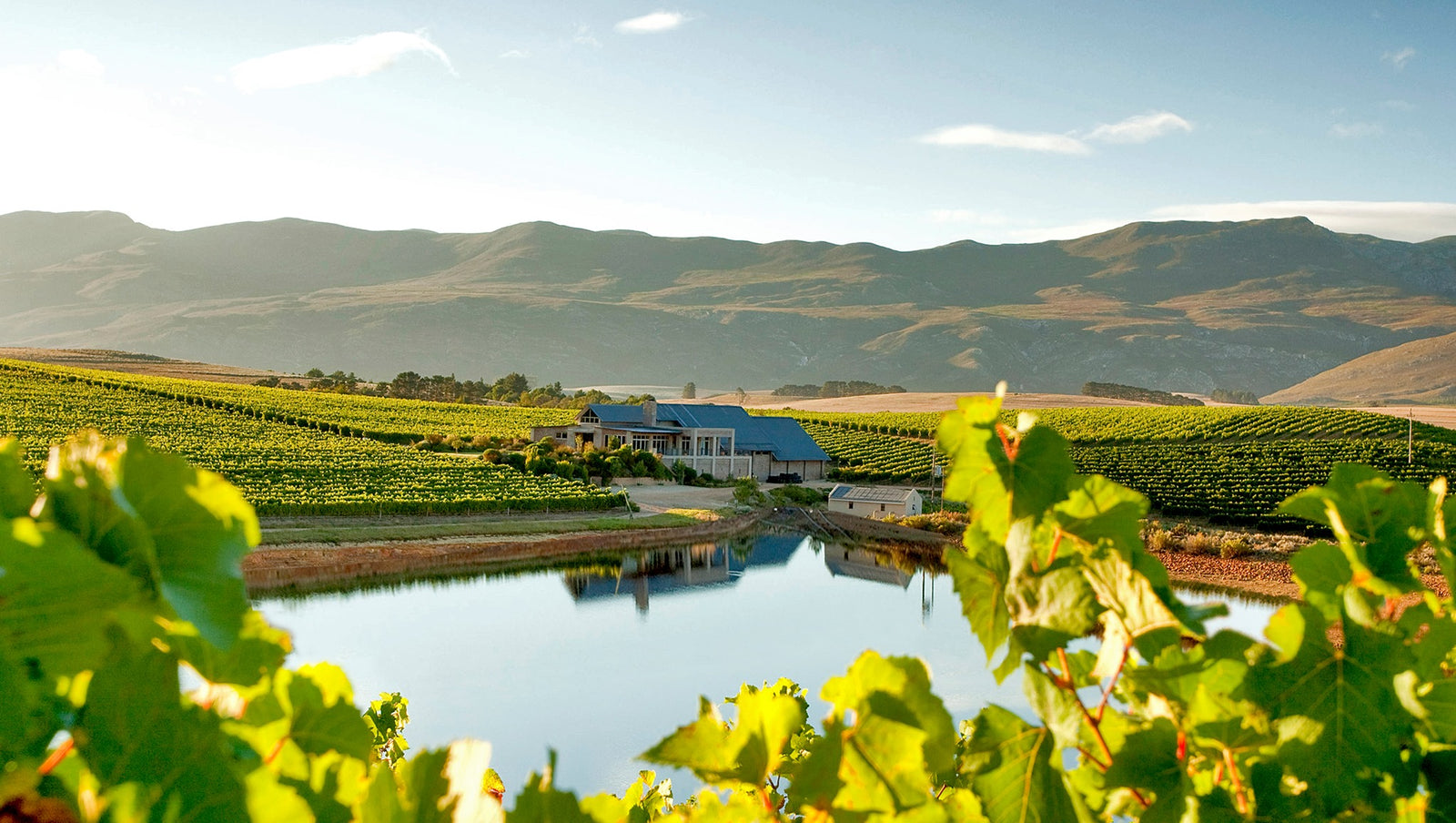Tracing Chenin Blanc back to its noble roots
Chenin Blanc has a long and rich history. Chenin Blanc is native to France’s Loire Valley, dating back to the ninth century and was probably known then as Chenere. The variety was renamed Chenin Blanc, after Mont Chenin in the 15th century, soon after being exported to the Touraine region in the Loire Valley.
Chenin Blanc’s history in South Africa dates back to the 1600’s where it is believed to be amongst the first vine cuttings that arrived in South Africa in 1655 during the time of Governor Jan van Riebeeck.
Early documents refer to three varieties: Groendruif (Semillon), Fransdruif and Steen. It seems that the origin of the names Fransdruif and Steen are intertwined.
It is also said that Steen was of Germanic origin, supported by the evidence of a handwritten note, by Governor Simon van der Stel, on wine quality, that mentioned that wine made from Steen was comparable to quality German Stein wines. This saw the introduction of the Germanic spelling ‘Stein’. After an extensive, but unsuccessful search for the origin of Steen, the variety Franche (from which Fransdruif might originally have taken its name) provided the answer. This variety was also apparently known by the French, as Chenin Blanc – and approximately thirty other names.
In 1963, the then Head of Viticulture at the University of Stellenbosch, Professor C.J Orffer, matched Steen and Chenin Blanc leaves and finally pronounced Steen as Chenin Blanc.

Photo credit – Stellenbosch Writers
The grape is notable for its versatility: it can be made into a wide variety of wine styles, including still and sparkling wines, and from bone dry too lusciously sweet. Chenin blanc vines are planted in France and New World wine regions like South Africa, the United States, and Australia.

Photo credit – Decanter
South Africa is Chenin Blanc’s second home, where it is the country’s most widely planted grape, covering twice as much acreage as in France. Chenin Blanc was an important part of the establishment during the 1970s of the international reputation of South African wine.
Much of the juice from South African Chenin Blanc goes to brandy production, but the Wine of Origin (WO) regions of Stellenbosch, Swartland, and the Coastal Region produce high quality crisp, unoaked versions of dry Chenin Blanc. South Africa has a high proportion of old vines, which produce wines with deep, concentrated flavours.

Chenin Blanc in Australia has seen most of its success in the Margaret River region of Western Australia. Chenin Blanc grown in the Margaret River region tend to be fruitier in palate and bouquet. Margaret River Chenin Blanc’s tend to have more passionfruit on the palate.
Chenin Blanc has been a staple variety in Western Australian wine growing. Early success came in the form of Houghton White Burgundy. Due to naming controls for French wines, Houghton renamed their wine to ‘Classic White’ and remains one of the most popular white wines in Australia. Many other Western Australian winemakers produce a similar style of wine with Chenin Blanc. These wines are typically called ‘Classic Dry White’ and grew in popularity due to the warm climate in Western Australia.

Wine lovers have options when it comes to Chenin Blanc: dry or sweet, dessert or sparkling. Climate, region and the hand of the winemaker impact Chenin Blanc to ensure that there is not one style wine but many. Cool climate Chenin Blanc wine is like Sauvignon Blanc while warm climate Chenin Blanc wines are closer to Chardonnay in style.
Chenin Blanc shows a range of fruits that differ depending on the time of harvest. Grapes picked early are fresh and acidic showing green apples, pears and even passionfruit. Later picks offer more ripe stone fruits. On the nose, there are herbs and spices as well as floral and earthy notes. The high acidity of Chenin Blanc lends itself to the production of sparkling wines.




